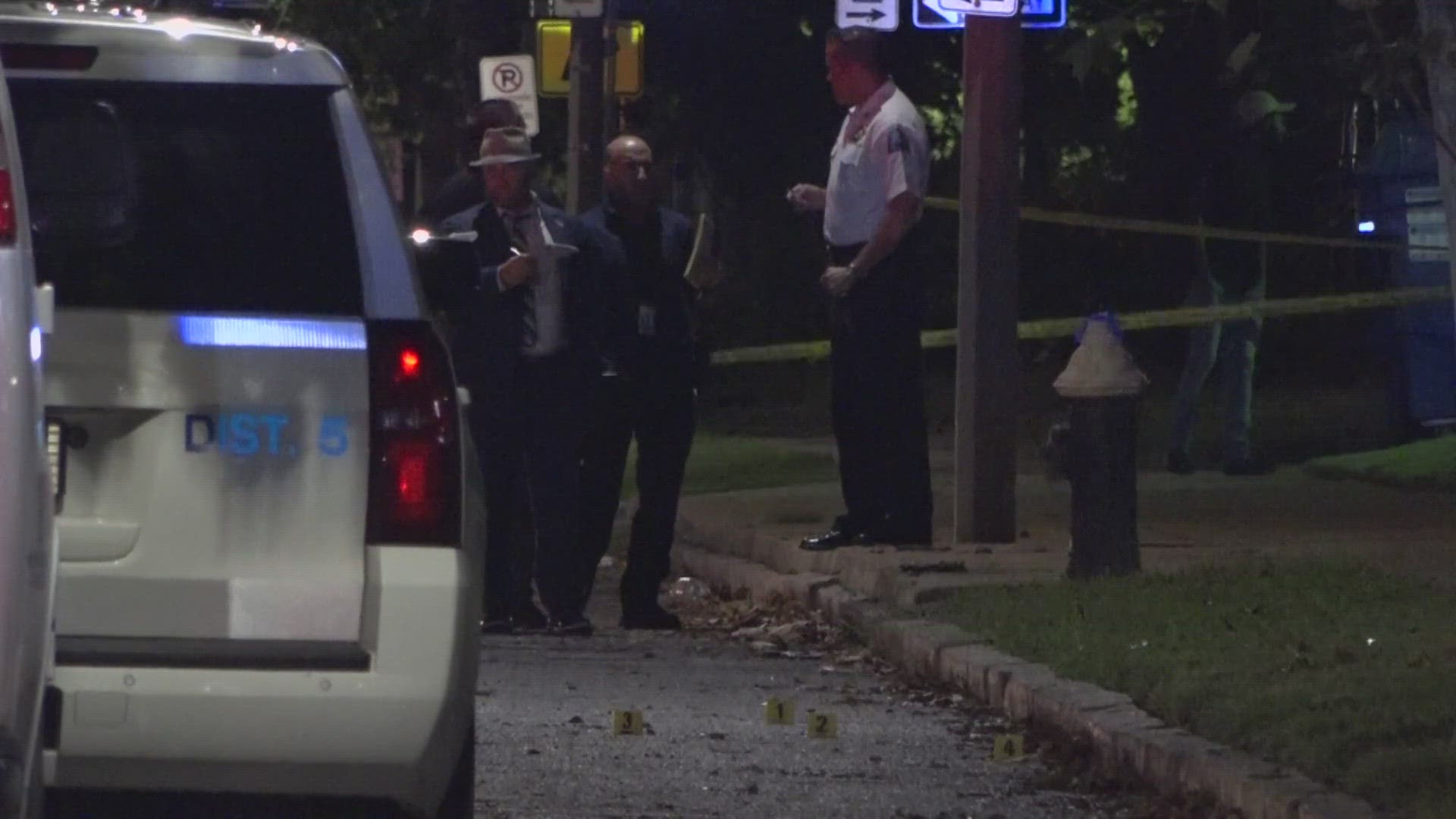ST. LOUIS — Byers' Beat is a weekly column written by Investigative Crime and Courts Reporter Christine Byers, who has covered public safety in St. Louis for 17 years. It is intended to offer context and analysis to the week's biggest crime stories and public safety issues.
This is a line I haven’t been able to write during my nearly 20-year career covering public safety in St. Louis – the city’s homicide rate is down.
Double digits down.
Compared to the same time frame last year, homicides are down by nearly 22%.
The raw numbers between Jan. 1 through Aug. 31, 2022, were 133 homicides. This year, it’s 105.
So, why is it happening?
What does it mean?
And where does it leave us when it comes to our city’s seemingly permanent position among the top 10 most dangerous cities in the country?
To answer these questions, I turned to the one and only University of Missouri-St. Louis criminologist Rick Rosenfeld.
Arguably, nobody is as familiar with St. Louis-related crime stats as Rosenfeld, who has spent a good portion of his renowned career studying crime trends right here in his hometown.
As for the first question, Rosenfeld says, one must look at trends in other cities to determine whether St. Louis is doing something right.
Nationally, he says homicide rates in most cities are down by about 12%.
“Our position relative to some of the other high homicide rate cities may not be improving all that much,” he said. “I’m not discounting the possibility that St. Louis is doing something right now that is contributing to its downturn in homicides, but there would be a stronger case for that if St. Louis was one of a few cities experiencing declines, but the majority of cities are experiencing declines.
“You can’t just use the decline to say we’re doing something right when other people are doing different things, or nothing at all, and also showing declines,” he said.
He rattled off the following cities and their declines to illustrate his point.
- Baltimore -22%
- New Orleans -24%
- Pittsburgh -29%
- Phoenix -22%
- Philadelphia -24%
- New York City - 10%
- Milwaukee -24%
- Nashville -4%
And yet, other cities are up.
Way up.
- Kansas City, Mo. +18%
- Memphis +41%
- Washington D.C. +29%
One of the best traits about Rosenfeld is that he’s also not afraid to admit when he doesn’t know the answer to something, instead of trying to fabricate his way through it.
He says he doesn’t know why other cities are experiencing spikes, but he says it’s an answerable question.
To find out what’s driving those trends, one must dig deeper into the data about homicides in those cities.
He said questions such as: Are the caliber of weapons used in those crimes bigger and more lethal? Are there any similarities among the victims, such as did they know their killers? Were they domestic situations? Drug-related? Or gang-related? – could all shed light on what’s creating spikes in those cities.
So, what about cities like St. Louis where homicide rates are dropping?
What’s causing the declines?
Rosenfeld has two theories: An end to the pandemic as well as an end to the public social unrest following the murder of George Floyd by a police officer.
The pandemic shut down life as we knew it, and that meant even less access to social services and other resources for people living in poverty. And, we all know, poverty is a big factor in driving crime.
The pandemic also brought unemployment, isolation, inflation and overall stress.
At the height of the pandemic in 2020, homicide rates jumped nationally by 30%, Rosenfeld noted.
The murder of George Floyd during the pandemic also brought anti-police brutality protests, which, Rosenfeld says, can increase violent crime rates as police reduce self-initiated activity due to the community’s mistrust and hostility toward officers.
The term was commonly known as the Ferguson effect, coined by former St. Louis Police Chief Sam Dotson following the police shooting death of Mike Brown in Ferguson in 2014.
So, where does this leave St. Louis in the bigger picture?
Should St. Louis continue trending along this downward trend, it could end the year with a per capita murder rate of about 53 homicides per 100,000 residents. During the pandemic, it was around 80 homicides per capita.
That said, Rosenfeld says St. Louis still has a long way to go if it wants to be somewhere in the middle of the pack of similar-sized cities.
Their rates were around 25 to 30 homicides per capita before the pandemic hit.
So, we still need to cut our homicide rate by another half.
“We’re never going to have a homicide rate of zero,” Rosenfeld said.
Still, a homicide decline of 22% is a rare and welcome line to write for a crime reporter in St. Louis like me.

